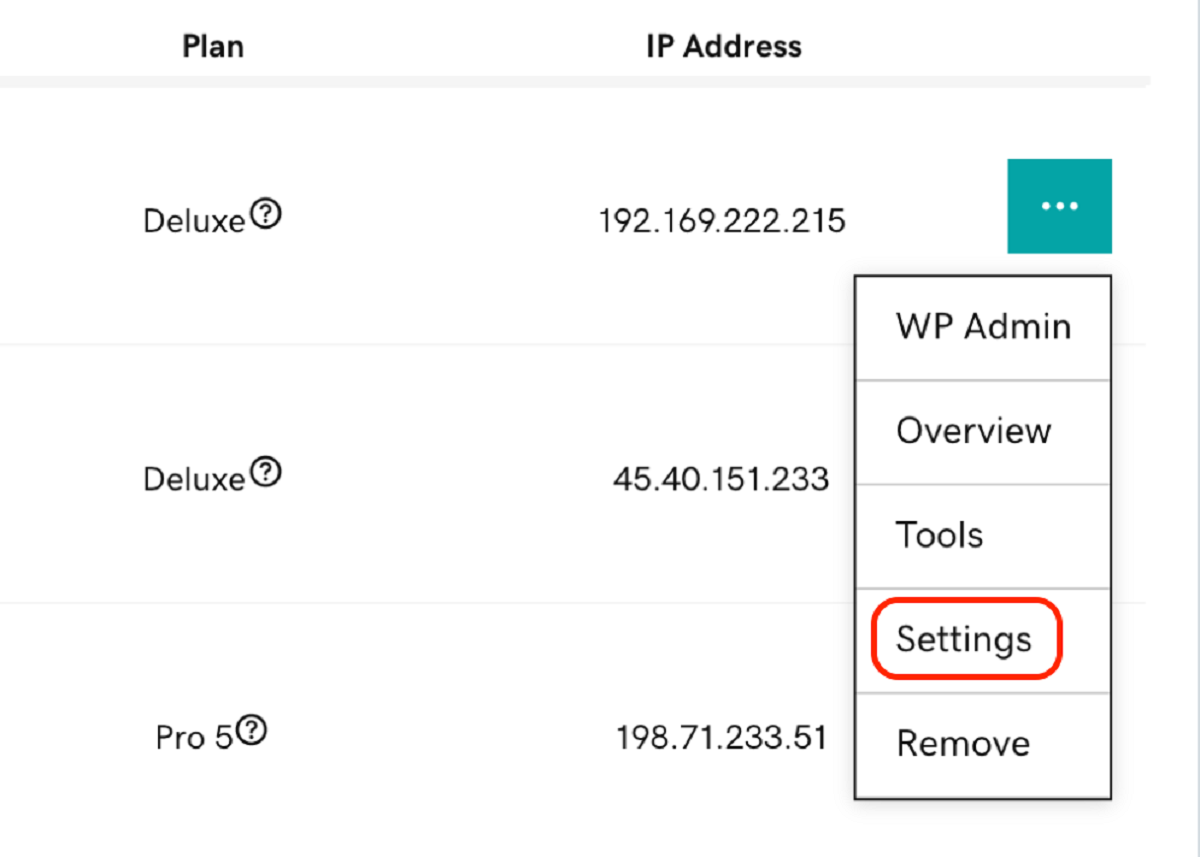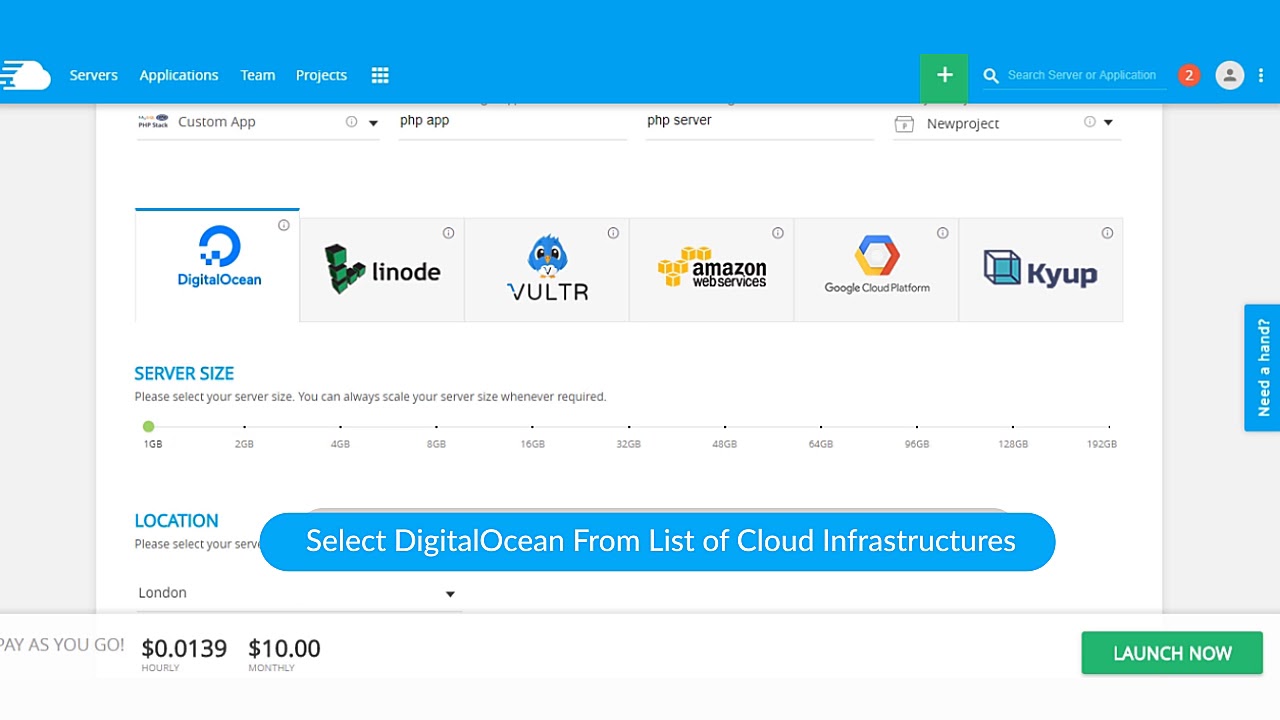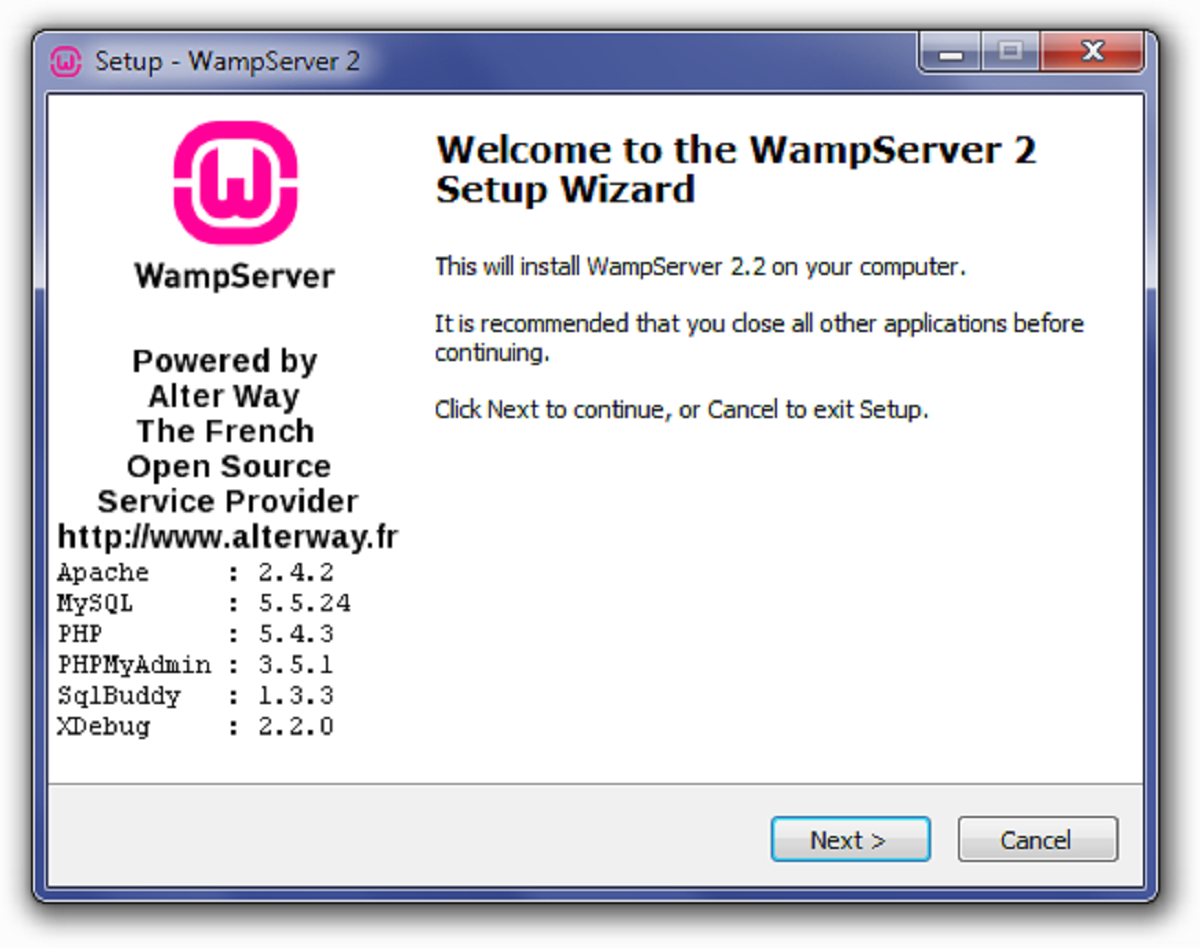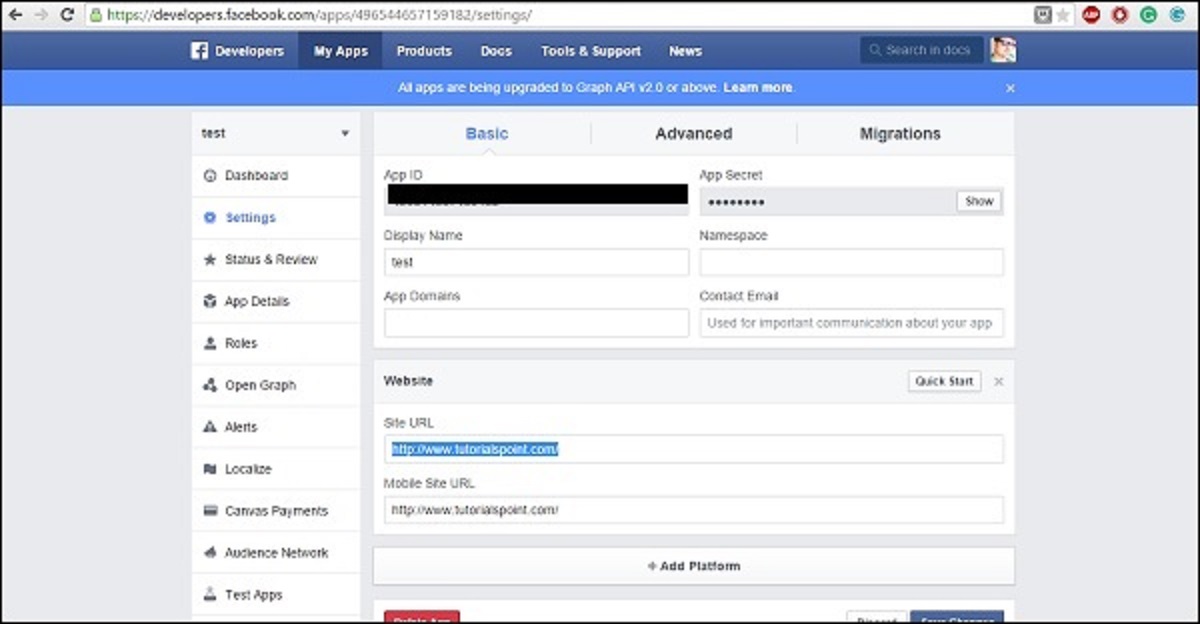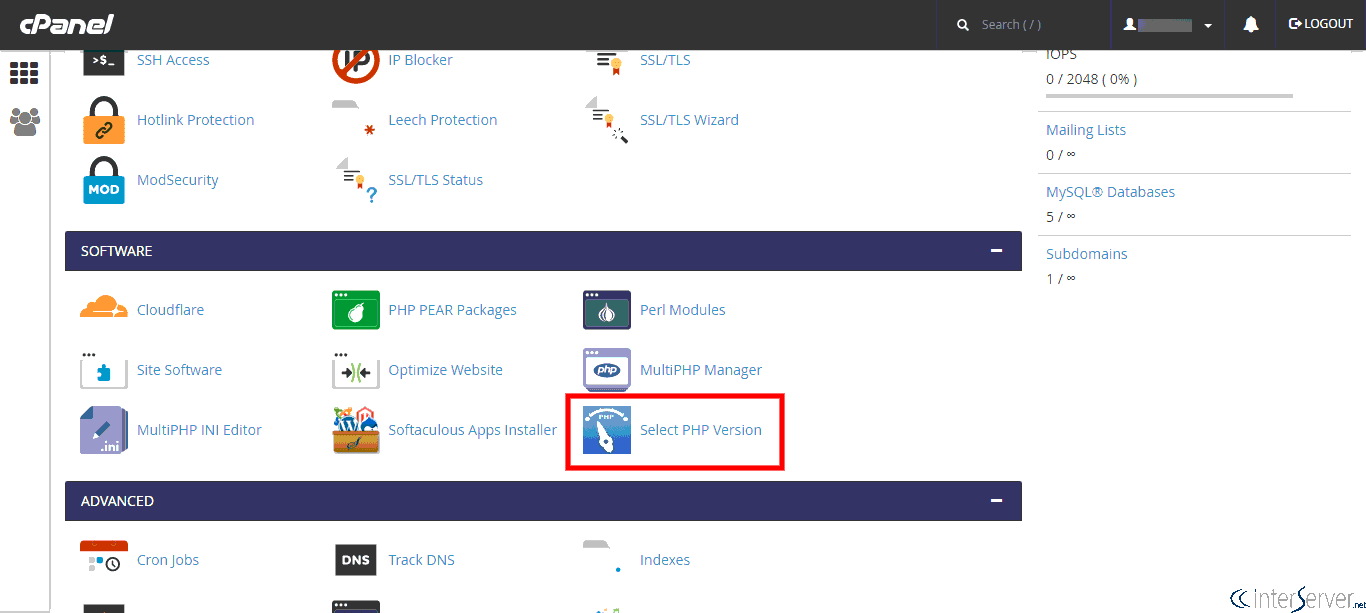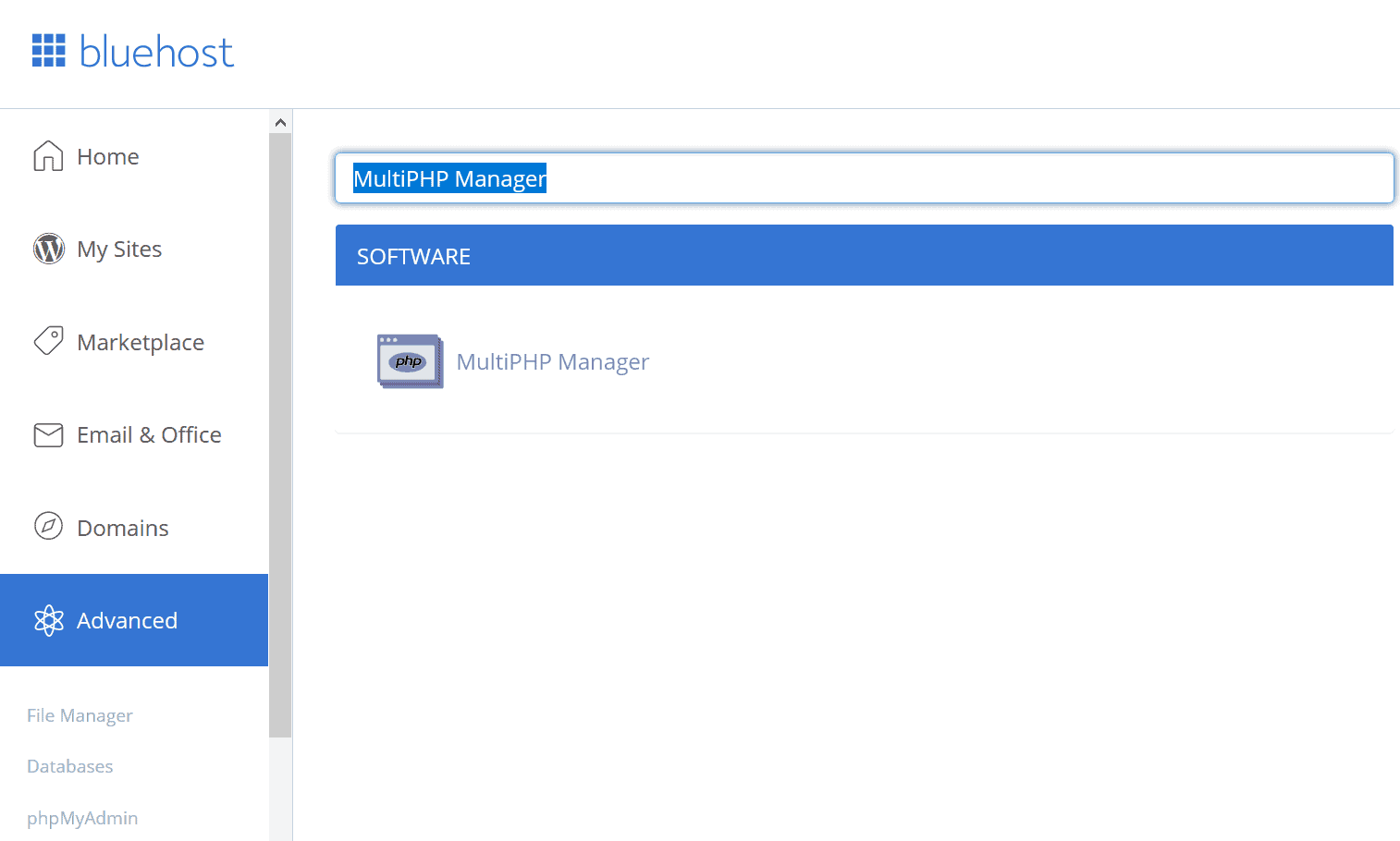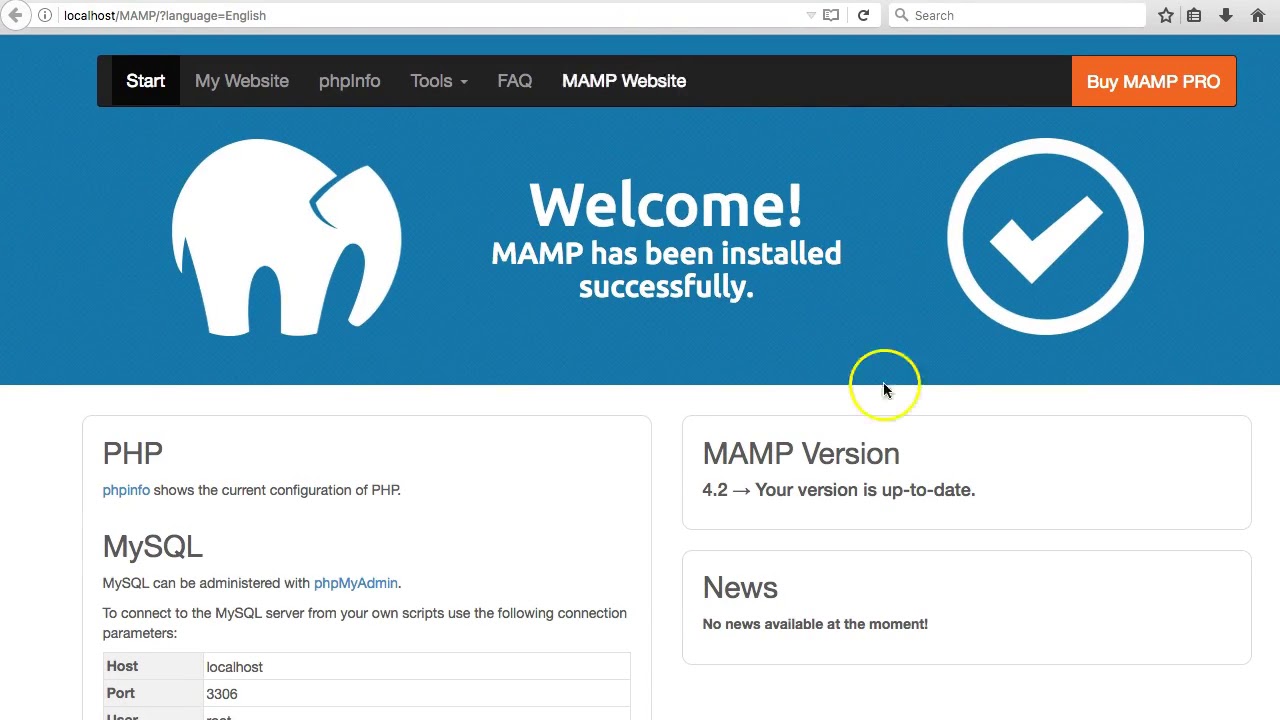Introduction
Checking if a button is clicked is a common requirement in web development, especially when working with forms and user interactions. Whether you are building a simple contact form or a complex application, knowing when a button is clicked is essential for handling data submission or triggering specific actions on the server-side. In this article, we will explore different methods to check if a button is clicked in PHP.
PHP is a widely used server-side scripting language known for its simplicity, versatility, and integration capabilities. It provides several mechanisms to determine whether a button has been clicked and process the corresponding logic accordingly. By understanding these methods, you can effectively handle button clicks and improve the functionality and user experience of your web applications.
Throughout this article, we will explore three methods for checking if a button is clicked in PHP. The first method involves using the isset() function, a built-in PHP function that allows us to determine if a variable is set and not null. The second method utilizes the $_POST and $_GET variables, which are used to retrieve data sent via HTTP POST and GET requests, respectively. Lastly, we will explore a more advanced method that involves using JavaScript/jQuery and AJAX to handle button clicks asynchronously without reloading the page.
By the end of this article, you will have a comprehensive understanding of how to check if a button is clicked in PHP. You can choose the method that best suits your development needs and enhance your web applications’ functionality and usability.
Method 1: Using isset() function
The isset() function is a handy tool in PHP that allows you to check if a variable has been set and is not null. It returns a boolean value, true if the variable exists and is not null, and false otherwise. This makes it an ideal method for checking if a button has been clicked in PHP.
To use the isset() function to check if a button is clicked, you need to assign a name attribute to the button element in your HTML form. When the form is submitted, the button’s name will be sent as part of the request. In PHP, you can then use the isset() function to check if that button name exists in the $_POST or $_GET superglobal array, depending on the form’s method attribute.
Here’s an example of how to use the isset() function to check if a button is clicked:
<form method="POST" action="process.php">
<button type="submit" name="submitBtn">Click Me</button>
</form>
<?php
if(isset($_POST['submitBtn'])){
// Button is clicked
// Perform necessary actions
}
?>
In the example above, we have a simple HTML form with a submit button. When the form is submitted, the button’s name “submitBtn” will be available in the $_POST array. The isset() function is then used to check if the “submitBtn” is set, indicating that the button has been clicked. If it is set, the necessary actions can be performed based on the button click.
This method is straightforward and effective for checking if a button is clicked in PHP. It is commonly used in scenarios where you need to process form submissions or trigger specific actions based on button clicks.
Method 2: Using $_POST or $_GET variables
Another method to check if a button is clicked in PHP is by utilizing the $_POST or $_GET superglobal variables. These variables contain the form data that has been sent via HTTP POST or GET requests, respectively. By checking if a specific variable associated with the button is set in these arrays, you can determine if the button has been clicked.
To use this method, you will need to assign a name attribute to the button element in your HTML form. This name will be used as the key to access the button’s value in the $_POST or $_GET array.
Here’s an example of how to use the $_POST variable to check if a button is clicked:
<form method="POST" action="process.php">
<button type="submit" name="submitBtn">Click Me</button>
</form>
<?php
if(isset($_POST['submitBtn'])){
// Button is clicked
// Perform necessary actions
}
?>
In the example above, we have a basic HTML form with a submit button. When the form is submitted, the button’s name “submitBtn” will be available in the $_POST array. The isset() function is used to check if the “submitBtn” key exists in the $_POST array, indicating that the button has been clicked. If it is set, you can perform the desired actions based on the button click.
The same logic applies if you are using the GET method for your form. Simply replace $_POST with $_GET in your PHP code, and access the button’s value in the $_GET array.
Using the $_POST or $_GET variables to check if a button is clicked provides a convenient and flexible approach. It allows you to process form submissions and handle button clicks with ease in your PHP applications.
Method 3: Using JavaScript/jQuery and AJAX
An alternative method to check if a button is clicked in PHP involves using JavaScript/jQuery and AJAX. This method allows you to handle button clicks asynchronously without having to reload the entire page.
With JavaScript/jQuery, you can capture the button click event and send an AJAX request to the server, notifying it that the button has been clicked. The server-side PHP script can then respond accordingly and perform the necessary actions.
Here’s an example of how to implement this method:
<button id="myButton">Click Me</button>
<script src="https://code.jquery.com/jquery-3.6.0.min.js"></script>
<script>
$(document).ready(function() {
$("#myButton").click(function() {
$.ajax({
url: "process.php",
method: "POST",
data: { clicked: true },
success: function(response) {
// Button click processed successfully
// Handle response from server
},
error: function(xhr, status, error) {
// Handle error
}
});
});
});
</script>
In the example above, we have a button with the id “myButton”. When this button is clicked, the JavaScript/jQuery code captures the click event and sends an AJAX request to the server using the $.ajax() function. The URL specified in the “url” parameter is the PHP script (process.php) that will handle the button click on the server-side.
In the AJAX request, we include a data object that specifies the “clicked” key with a value of true. This lets the server-side PHP script know that the button has been clicked. On the server-side, you can retrieve this data using the $_POST or $_GET variables, depending on the request type (POST or GET).
Once the server-side processing is complete, the success callback function is triggered. Here, you can handle the response from the server accordingly. If there is an error during the AJAX request, the error callback function can be used to handle and display any error messages.
Using JavaScript/jQuery and AJAX to handle button clicks in PHP provides a seamless and interactive user experience. It allows you to perform server-side actions without reloading the entire page, making your web application more efficient and responsive.
Conclusion
Checking if a button is clicked in PHP is an essential skill for web developers. By understanding the methods outlined in this article, you can effectively handle button clicks and improve the functionality and user experience of your web applications.
We explored three different methods to check if a button is clicked in PHP:
- Method 1: Using the isset() function
- Method 2: Using the $_POST or $_GET variables
- Method 3: Using JavaScript/jQuery and AJAX
The first method utilizes the isset() function to check if a button name exists in the $_POST or $_GET array. This method is simple and commonly used for handling form submissions and button clicks in PHP.
The second method involves using the $_POST or $_GET superglobal variables to check if a specific variable associated with the button is set. This method is flexible and allows for easier processing of form data and button clicks in PHP.
The third method employs JavaScript/jQuery and AJAX to handle button clicks asynchronously without reloading the entire page. This method provides a more interactive and efficient user experience, allowing you to perform server-side actions seamlessly.
By incorporating these methods into your PHP development workflow, you can effectively determine if a button has been clicked and execute the necessary logic based on the button click. Whether you are building a simple contact form or a complex application, these techniques will help you enhance the functionality and usability of your web applications.
Remember, the method you choose will depend on your specific requirements and development needs. Experiment with each method and consider the context of your project to determine which approach works best for you.
Now that you have learned these methods, you are ready to implement and handle button clicks in PHP with confidence and efficiency.









